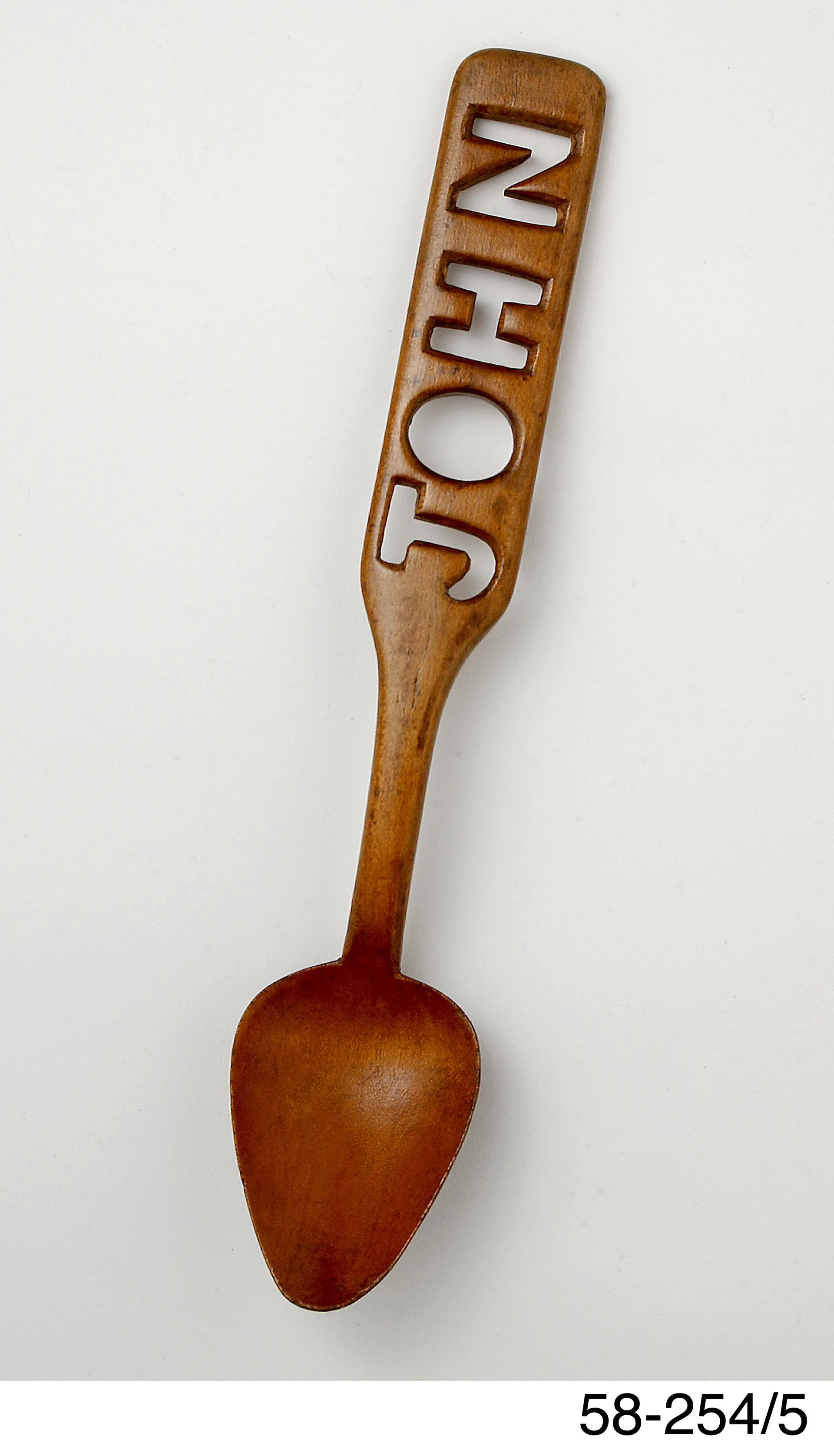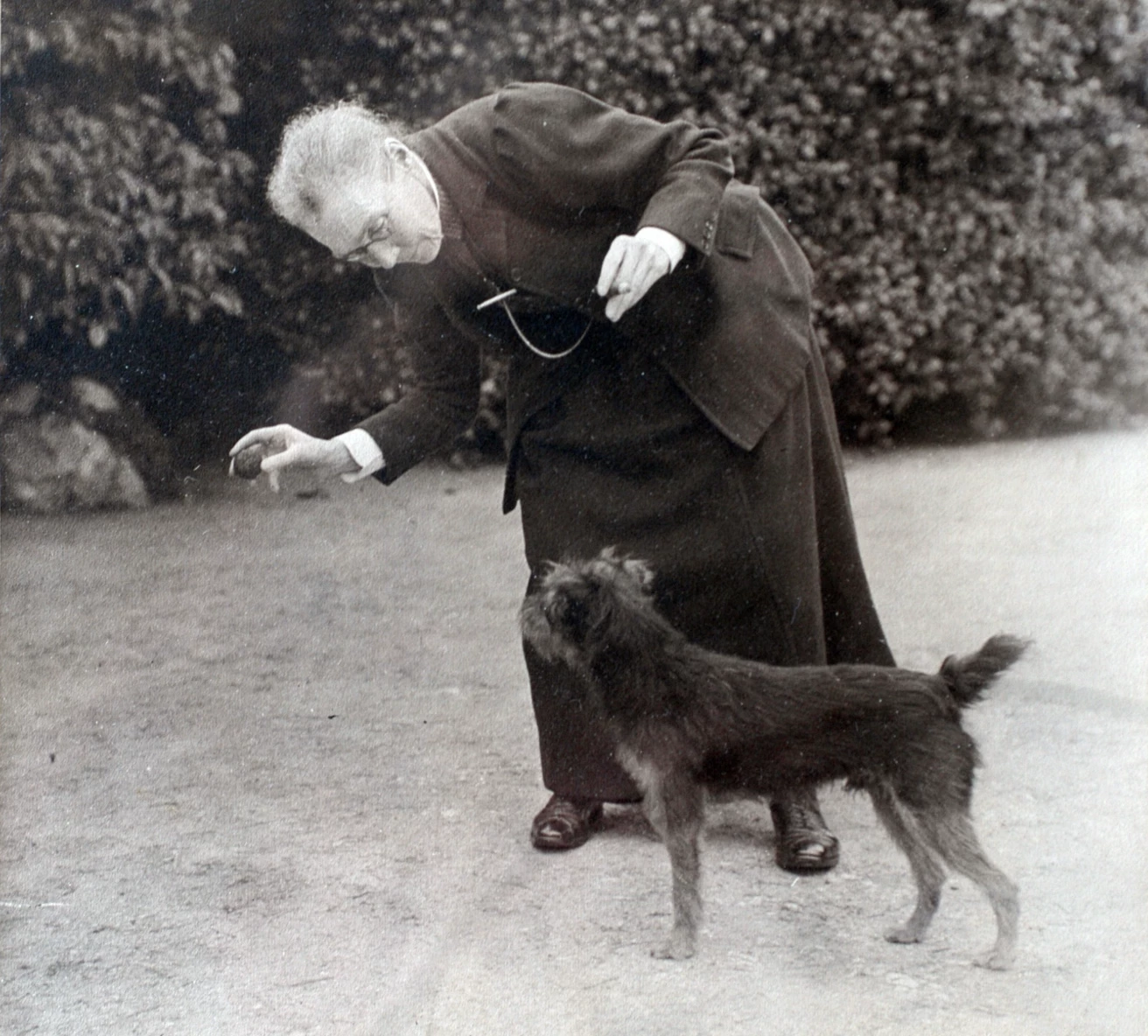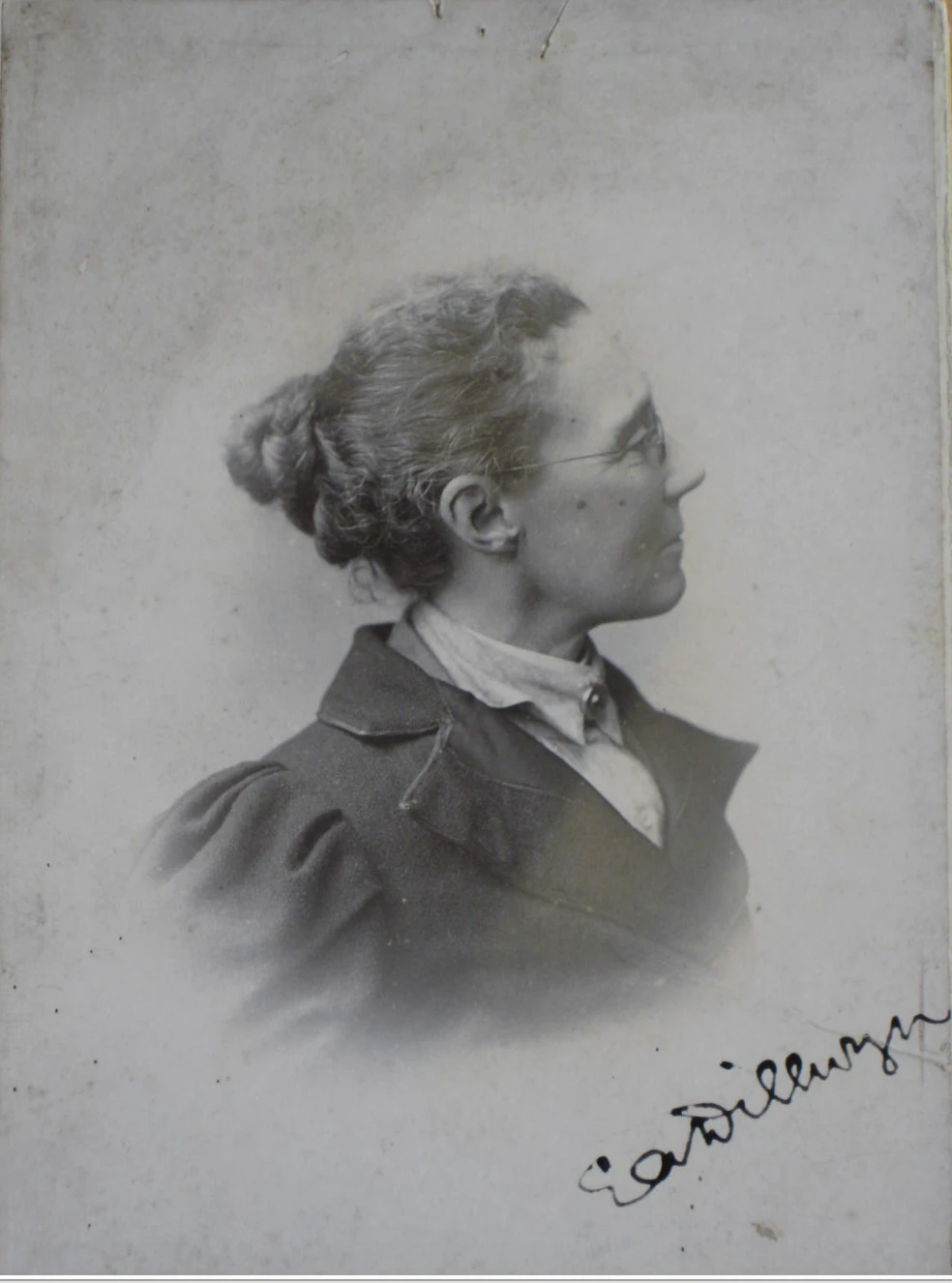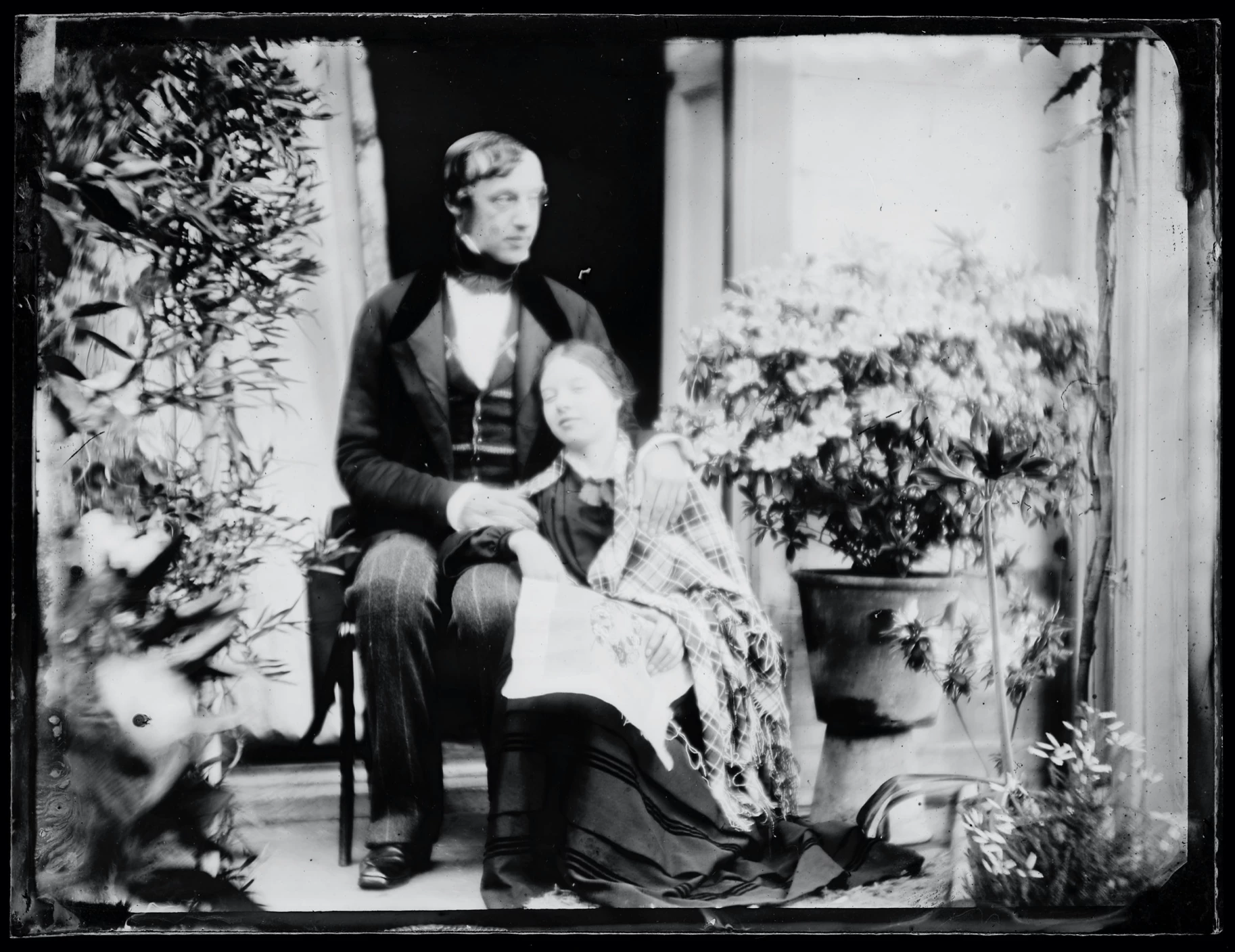Queer Tours at St Fagans National Museum of History
, 14 June 2022
Amgueddfa Cymru - National Museum Wales is home to a growing collection of objects exploring Wales’ LGBTQ+ history. Like the other collections, they’re all available to view online in the Collections & Research tab on the Museum’s website. The Collections Online features objects both in store and currently on display.
Though the collection is always available to freely view and people may read through the information about each object and learn in their own time, it is a shared view that it is important to celebrate and uplift the stories and lives of marginalised communities and bring forward hidden aspects of Welsh history. In doing this work we hope to normalise queer lives in Wales, and solidify the important role of diverse identities as part of Welsh culture.
To give an idea of the sort of objects we will be discussing in the Queer Tours projects, we would like to invite you to look through Collections Online, and consider not only contemporary queer icons who make our variety of Pride events so unique, or even famous historical figures who have secured a place in mainstream Welsh heritage, but the lives of the everyday person who may have had to live in secret, or whose activism was never properly recorded. Here we want to bring forward all of these lost stories, in the hopes that by sharing them we will continue to uncover more.
In an effort to bring attention to the LGBTQ+ Collection, we have developed the Queer Tours project to encourage the public to explore the variety of objects and better understand Wales’ queer heritage. This project has been developed by Amgueddfa Cymru Producers on behalf of the museum for the Pride season.
For the ever-growing variety of objects in the collection, and a want to reflect as many important aspects of this heritage as possible, several parts of this project have been developed or are in the process of being developed:
- A series of social media posts highlighting a selection of objects in the collection and their role in queer Welsh heritage that will be available on the Bloedd AC Instagram account.
- A digital tour video of St Fagans National Museum of History exploring objects currently on display and the way we can interpret the history of queer everyday life.
- A self-guided tour for visitors of St Fagans National Museum of History to follow the route themselves and become immersed in history themselves.
- A special one-time-event in-person led tour is being developed so that attendees may enjoy hearing about the work at St Fagans National Museum of History and the continuing effort being put into the LGBTQ+ Collection.
It is our hope that this project be useful and educational to people not just during this Pride season, but will leave a lasting impact and change views of what queer heritage means in Wales.
All of this work is possible thanks to the Hands on Heritage support fund.











